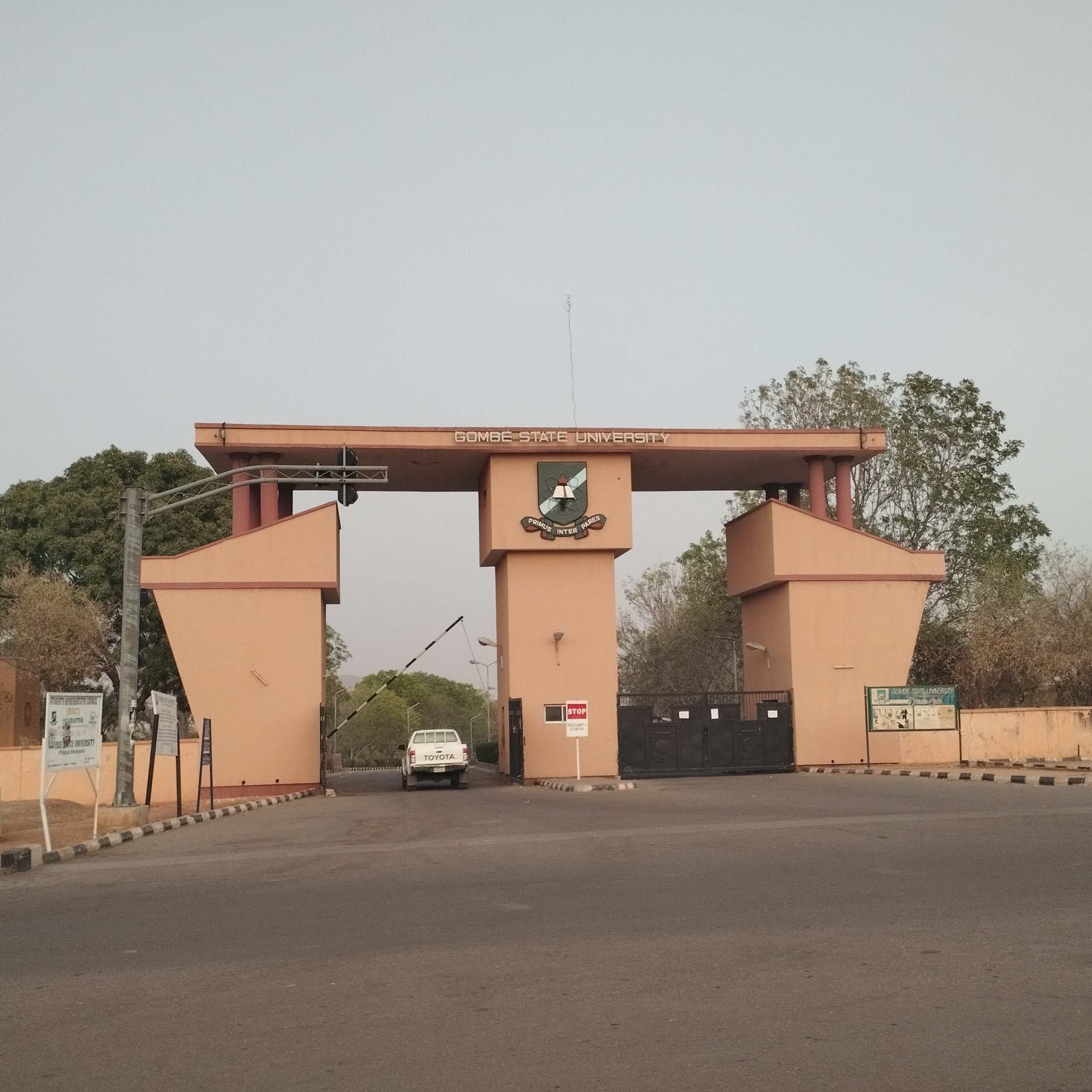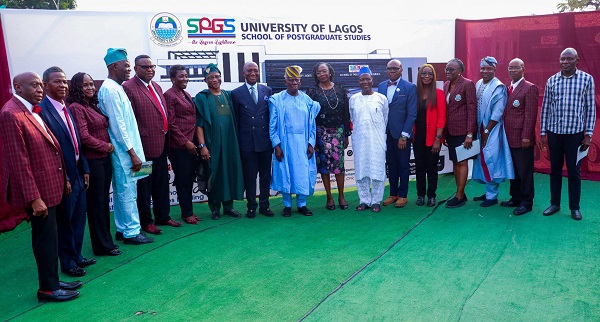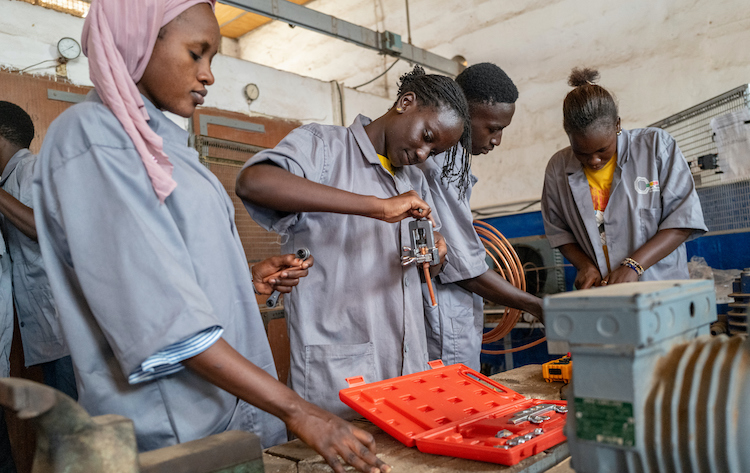Islamic art, encompassing a vast array of visual arts produced in the Islamic world, has had a profound and lasting impact on society.
This rich artistic tradition, spanning over 1,400 years and covering regions from Spain to Southeast Asia, is celebrated for its intricate patterns, vibrant colors, and profound symbolism. Beyond its aesthetic appeal, Islamic art has played a significant role in cultural preservation, education, interfaith dialogue, and economic development.
Islamic art serves as a crucial link to the past, preserving the cultural and historical heritage of the Islamic world. Through calligraphy, geometric patterns, and arabesques, Islamic art embodies the spiritual and intellectual endeavors of Muslim civilizations. This artistic tradition helps maintain a sense of identity and continuity among Muslim communities, particularly in times of social or political upheaval.
For example, the preservation of Islamic art in regions like Andalusia (modern-day Spain) provides a tangible connection to the Islamic Golden Age, reminding contemporary societies of the period’s contributions to science, philosophy, and the arts. The Alhambra in Granada, with its stunning arabesque designs and intricate calligraphy, is a testament to the enduring legacy of Islamic art.
Islamic art often incorporates verses from the Quran, which elevates its spiritual significance. For instance, the Quran states, “And We have certainly made the Quran easy for remembrance, so is there any who will remember?” (Quran 54:17). This highlights the importance of preserving and revering the written word, which is a central theme in Islamic calligraphy.
Islamic art is not just decorative; it is deeply educational. The intricate designs and patterns often contain layers of meaning, reflecting the mathematical and scientific knowledge of the time. The use of geometry in Islamic art, for instance, illustrates principles of symmetry, proportion, and balance, which are foundational concepts in mathematics and architecture.
Furthermore, calligraphy, which is highly revered in Islamic art, serves as a means of transmitting religious, philosophical, and literary texts. The Quran, Islam’s holy book, is often meticulously transcribed in beautiful calligraphy, making the act of reading a visually and spiritually enriching experience. This reverence for the written word has historically encouraged literacy and learning within Islamic societies. The Quran emphasizes the importance of knowledge: “Read in the name of your Lord who created” (Quran 96:1), inspiring the pursuit of education and the arts.
Islamic art has also played a significant role in fostering interfaith dialogue and understanding. Its universal appeal transcends religious boundaries, allowing people of different faiths to appreciate its beauty and craftsmanship. Museums and galleries around the world, such as the Metropolitan Museum of Art in New York and the British Museum in London, house extensive collections of Islamic art, drawing diverse audiences and sparking conversations about shared human experiences and values.
Architectural masterpieces like the Hagia Sophia in Istanbul and the Great Mosque of Cordoba, which have served both Christian and Muslim communities at different points in history, stand as symbols of cultural and religious coexistence. These structures highlight the shared heritage and mutual influences between Islamic and Western art and architecture.
The production and trade of Islamic art have historically contributed to economic development and cultural exchange. The demand for luxury items such as intricately designed textiles, ceramics, and metalwork spurred trade across the Silk Road, linking the Islamic world with Europe, Africa, and Asia. This exchange not only facilitated economic prosperity but also fostered the spread of artistic techniques and styles.
In contemporary times, the global interest in Islamic art continues to drive economic growth. Artisans and craftsmen who produce traditional Islamic artworks often sustain local economies, particularly in regions where tourism and cultural heritage play significant roles. Furthermore, the modern market for Islamic art, including auctions and exhibitions, has seen considerable financial success, reflecting the enduring value and appeal of this artistic tradition.
The influence of Islamic art extends into modern art and design, inspiring contemporary artists and architects around the world. The emphasis on abstract forms, patterns, and calligraphy in Islamic art resonates with modernist and minimalist aesthetics. Renowned architects like Zaha Hadid and I. M. Pei have drawn inspiration from Islamic art to create innovative and iconic structures that blend tradition with modernity.
Fashion designers, too, incorporate elements of Islamic art into their collections, celebrating the intricate patterns and rich cultural heritage. This cross-pollination of ideas and styles not only enriches the global art scene but also promotes a deeper appreciation for the diversity and complexity of Islamic art.
Islamic art’s positive impact on society is multifaceted and profound. It preserves cultural heritage, educates and inspires, fosters interfaith dialogue, drives economic development, and influences contemporary art and design.
By appreciating and promoting Islamic art, we not only honor its historical significance but also embrace its potential to enrich our modern world. Through its beauty and symbolism, Islamic art continues to connect people across cultures and generations, reminding us of our shared humanity and the enduring power of artistic expression.
As the Quran beautifully states, “Indeed, Allah is Beautiful and loves beauty” (Sahih Muslim 91), highlighting the intrinsic value and impact of beauty in our lives, as exemplified by Islamic art.











